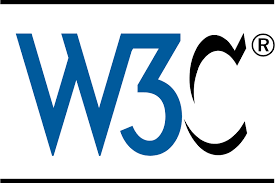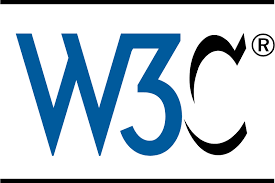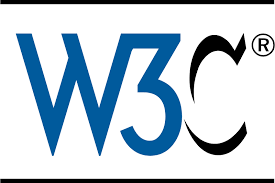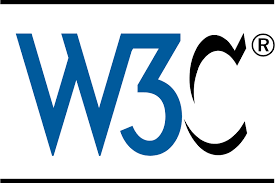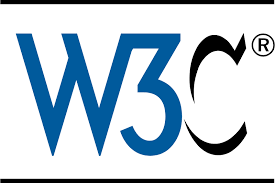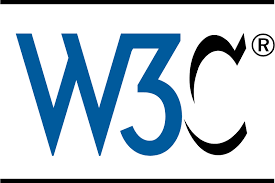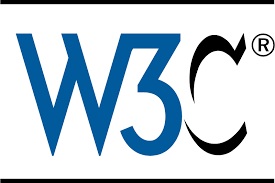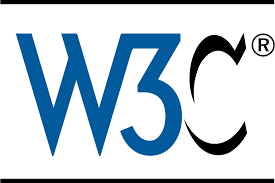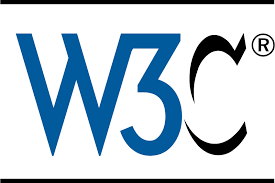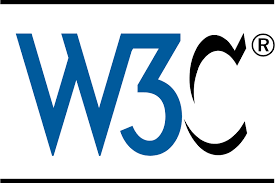The OASIS LegalDocML TC works to advance worldwide best practices for the use of XML within a Parliaments', Assembly's or Congress' document management processes, within courts' and tribunals' judgment management systems, and generally in legal documents including contracts. The work is based on the Akoma Ntoso-UN project. The LegalDocML TC's goal is to collect requirements from the community of the stakeholders who create, manage and use legislative and legal documents (editors, libraries, public institutions, tribunals, publishers, etc.) in order to extend and refine the standard. All are welcome to join this work.
The LegalDocumentXML Specs provides a common legal document standard for the specification of parliamentary, legislative and judicial documents, for their interchange between institutions anywhere in the world and for the creation of a common data and metadata model that allows experience, expertise, and tools to be shared and extended by all participating peers, courts, Parliaments, Assemblies, Congresses and administrative branches of governments. The standard aims to provide a format for long-term storage of and access to parliamentary, legislative and judicial documents that allows search, interpretation and visualization of documents.
The specifications of the standard is based on the experience of the Akoma Ntoso language, and for this reason the specification keeps the name "Akoma Ntoso" and the root of the XML-schema will be "akomaNtoso".
The LegalDocumentXML Specs examine the relationships between the proposed XML vocabulary and other similar efforts especially those that already have gained national acceptance or are included in other LegalXML vocabularies (e.g. eContracts). In particular, the CEN Metalex standard is recognized as offering a conceptual meta-model that is appropriate for the management of the compliancy issues between different XML national standards. Akoma Ntoso is from the very beginning compliant with CEN Metalex as an explicit design choice. CEN Metalex compliancy will be considered as the first and most important requirement for comparison between the XML language approved by the TC and any other XML standard.
One of the topics about whom the LegalDocumentXML Specs provides a standardization is a URI-based syntax for legal citations for all types of documents produced by Parliaments and Courts and managed by the XML vocabulary, called the naming convention. The LegalDocumentXML Spec aims to examine and, as much as possible, accept past experiences and decisions of the Akoma Ntoso technical team, which have been consistently using an http-based syntax. This approach appears similar to the one chosen by the European Legislation Identifier and is also consistent with the http based URIs of the URN:LEX syntax, appendix D.
The TC is affiliated with the OASIS LegalXML Member Section. For more information on LegalDocML, see the TC Charter.
